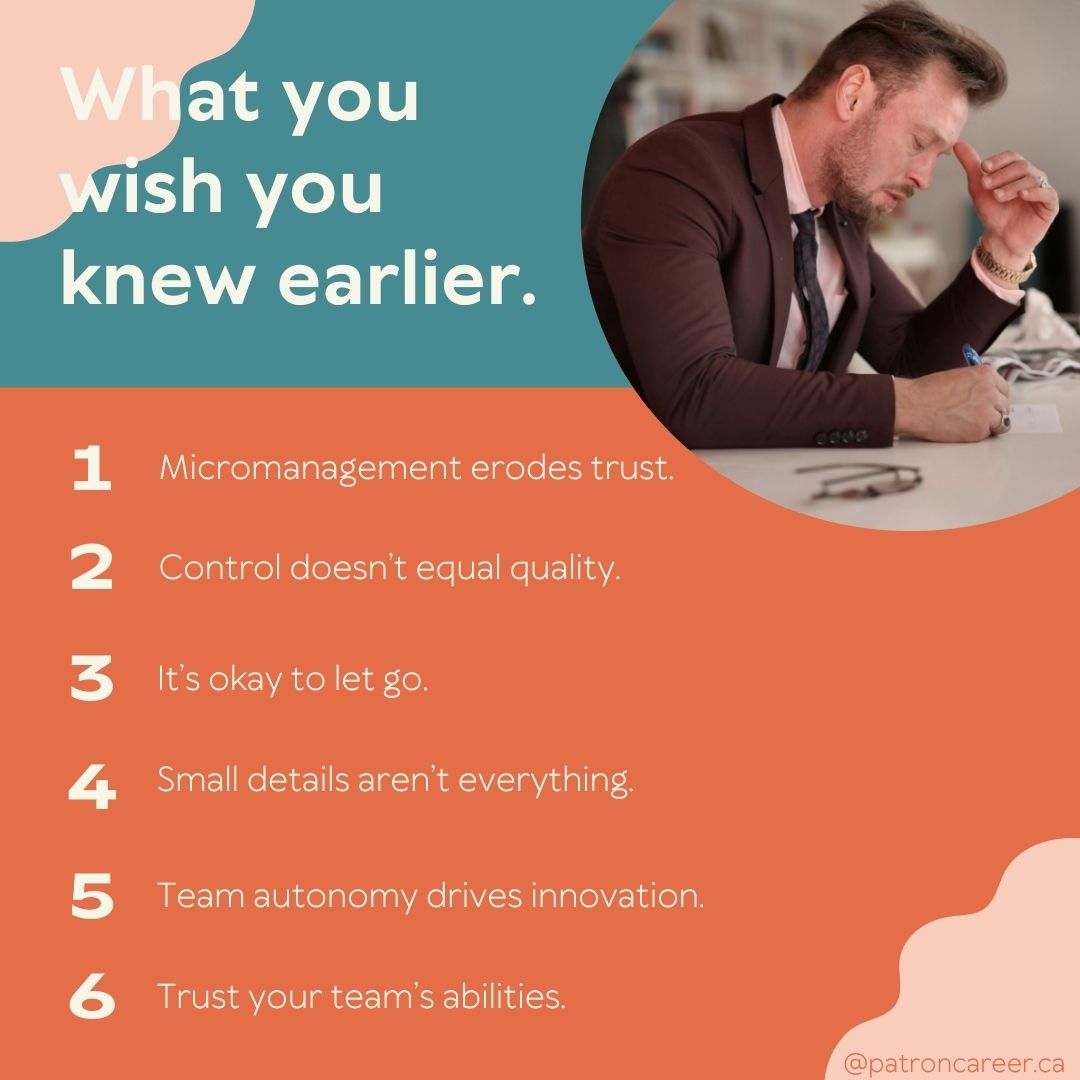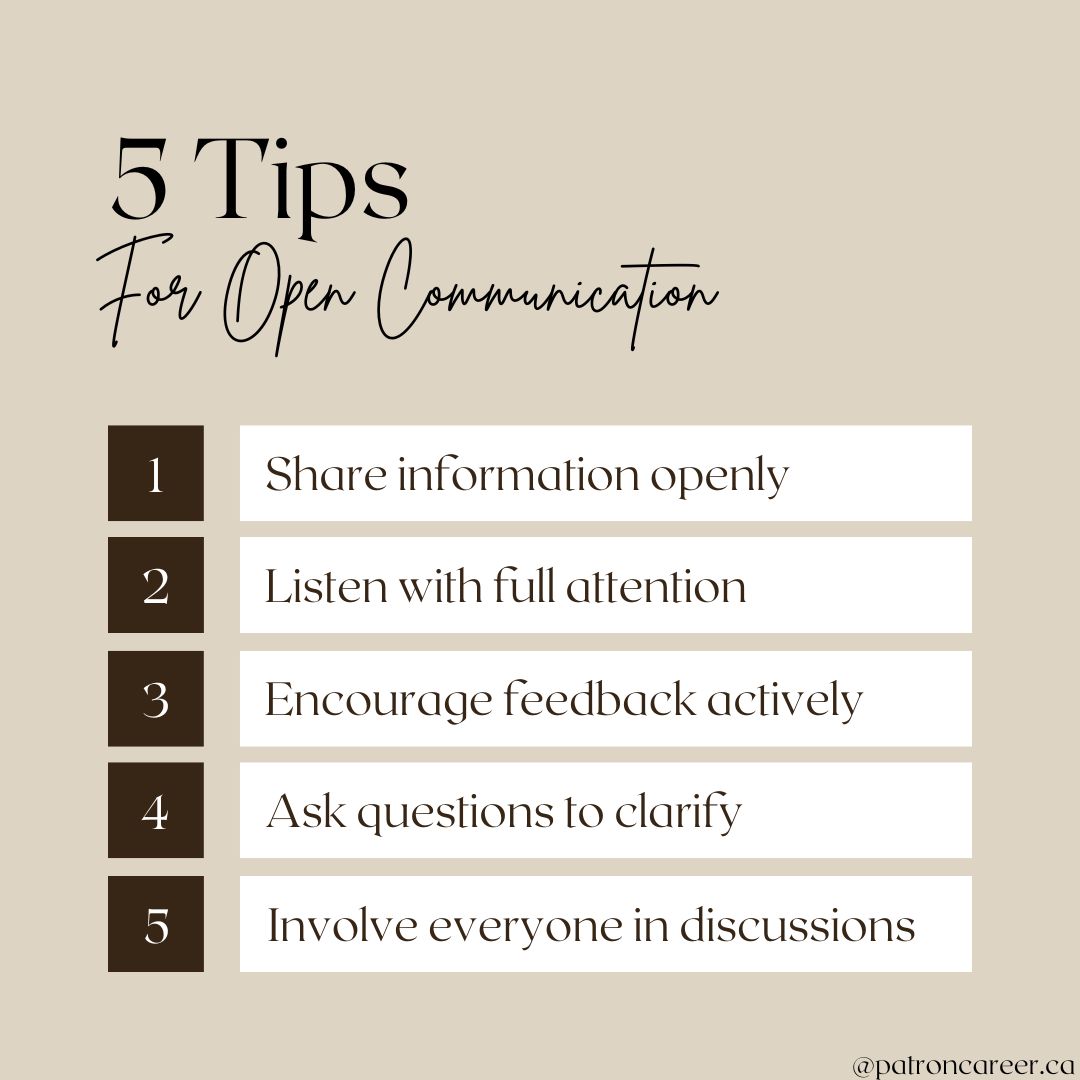The Micromanagement Trap: What it is and How to Deal with It
On the effectiveness scale of managing people, micromanagement is viewed as one of the lowest in terms of how detrimental it is to workplace dynamics and employee morale.
Micromanagement is a management style that has serious negative impacts on the employees and the overall organizational culture. Employees lose confidence in their work when they feel they are being controlled every step of the way by their bosses. Micromanagement has become usual with a surge in hybrid and remote work trends where people are forced to leave their jobs. While a certain level of supervision is good and needed to keep things under control, extreme micromanagement can stifle innovation, breed resentment, and create a toxic environment that adversely impacts employee satisfaction and productivity at work.
As a manager who easily falls into the micromanagement trap, this is the right place and time to understand how your behaviour might affect those under your supervision. This blog will cover the alpha and the omega of micromanagement, plus ways to address it effectively.
What is Micromanagement?
Micromanagement refers to the management style which is basically surveillance and control but on an extreme level---more than what is considered healthy at work. Managers exert excessive control and always need to scrutinize the employee’s workflows, even the ones not being direct reports. It is a highly condescending disposition by those in managerial positions, to focus on itty-bitty details and confining employee autonomy and input.
Employees can’t help but view such bosses as dictators of how work is to be done, leaving no room for employees to use their creativity and ideas. Micromanagement might produce results in the long term, but succinctly it does more harm than good.
The Psychology Behind Micromanaging
For us to properly understand why micromanagers behave the way they do, it's important to look at the root causes that explain why people micromanage. Some of the reasons are explicated below:
. Insecurity: micromanaging stems from a manager's lack of confidence in his ability to lead and guide people. They fear that mistakes made by the team will eventually reflect badly on them.
. Perfectionism: some managers are sticklers for accuracy, they every task to be perfectly executed. They perceive a high standard and want their teams to achieve that level.
. Fear or Lack of Trust: one of the most common reasons for micromanagement is the manager's fear and distrust in the employee's skills. They believe that without their constant help and oversight, the employees will perform poorly.
A manager’s need to micromanage may be due to a variety of reasons depending on person to person. Usually, it has more to do with their inner issues and insecurities and not the competence of the employees.
Signs of Micromanagement: How to Spot It in the Workplace
Almost every employee in a workplace has witnessed micromanaging. But on a wider pool, it can be difficult to recognize a micromanager. Here are 8 common signs that you need to look out for:
1. Demanding constant updates, reports and daily check-ins
2. Refusing to delegate important tasks, believing only they can do things better themselves
3. Nitpicking on trivial matters and minor aspects of a project
4. Not trusting the team’s incompetency and opinions
5. Not allowing others to take part in decision-making
6. Feeling the need to provide excessive oversight, leaving no space for employees to figure things out on their own
7. Requiring to be cc’d on all emails
8. Never recognizing team effort, criticizing what went wrong more than giving applause for the good work.
How Does Micromanagement Impact the Workplace?
Micromanagement tends to deplete employee morale and mental well-being. It may cause burnout in the long run and can lead to employees storming out of the organization.
Brainstorming and creativity are overlooked. Employees no longer have control over their workflows, causing low engagement and productivity. Prolonged micromanagement ultimately leads to higher employee turnover and a toxic work culture where communication, trust and feedback take the back seat. It thus becomes crucial to address the problem and build a positive company culture.
Dealing with a Micromanager: Solutions for Employees
In this segment, we delve into the effective ways which allow employees to deal with micromanagers at their workplace:
1. Open Communication
If you find yourself in a micromanaged situation, we got you. The best you can do is to try to have an honest communication with your manager. It can alleviate the situation since many times managers don’t realize that they're acting in excessive control. You have to express how their management style is affecting your morale and performance.
Employees may even talk to HR to try to come to terms with the manager. They can act as neutral third parties and find reasonable solutions that are for the greater good.
Be mindful that this is a continuous process, it takes time and won't change everything overnight. After letting the manager know of your distress, try to be patient and let things work out between the two of you.
2. Set Realistic Boundaries
As part of the resolution, it’s also important to set healthy boundaries and clear expectations. Establish how the roles and responsibilities will be performed and what are the specific expectations of your manager about work. This will avoid future micromanaging as the manager will get surety for the project's progress.
Read our latest blog: 4 Conflict Resolution Approaches to Manage Workplace Disputes with Finesse.
3. Prove your Competence
As a part of micromanaging behaviour, the manager may fail to build trust around your capability. Employees need to gain that trust back through the arduous presentation of their work. Submit qualitative work and show your boss you can handle challenges independently, and over time, your manager may feel comfortable giving you more autonomy.
4. Get Feedback
Ask for feedback on your work, rather than waiting for your manager to pinpoint mistakes and areas of improving your work. Feedback should be led both ways and be open to healthy criticism of your manager.
5. Know When to Escalate
If the strategies divulged above do not work for you and micromanagement becomes overwhelming to handle on your own, consider speaking to HR or higher management. We believe in the notion that micromanaging can be reversed but if it's becoming too much to handle and affects your well-being or job performance, discussing it with HR might be the ultimate solution. Be sure to frame your concerns as a desire for a healthier work environment rather than a personal complaint against the manager.
How Managers Can Avoid the Trap of Micromanagement?
If you're convinced that you may be a micromanaging boss yourself, now is the time to break that glass ceiling. You have to strike a balance between supervising and allowing autonomy to your employees.
Here are a few tips:
1. Focus on the big picture and trust your team to deliver.
2. For effective delegation, adopt the 80/20 rule- 20% focus on important tasks, and delegate the rest.
3. Give autonomy to the team in decision-making
4. Ask questions instead of imposing your will.
5. Allow two-way communication and feedback.
6. Create a Micromanagement-Free Zone for employees to work without any distractions.
7. Track progress, not process.
8. Coach team members rather than direct them.
9. Organize awareness workshops on micromanagement and its control.
10. Introduce 'Silent Support' days, where you’re available but not intrusive.
11. Use 'Autonomy Checklists' to help employees self-manage their workflows.
The Bottom Line
Although micromanagement may offer some short-term potential benefits, it is overall damaging to the longevity of any organization. Micromanaging should be called out and more awareness should be created to ameliorate the employer-employee relations at the workplace. Modern organizations should have policies in place to keep a check on any manager who is affecting employee morale and hindering their growth. Ultimately, the organization will have to pay when it is stripped of the best talent owing to uncontrolled micromanagement.






